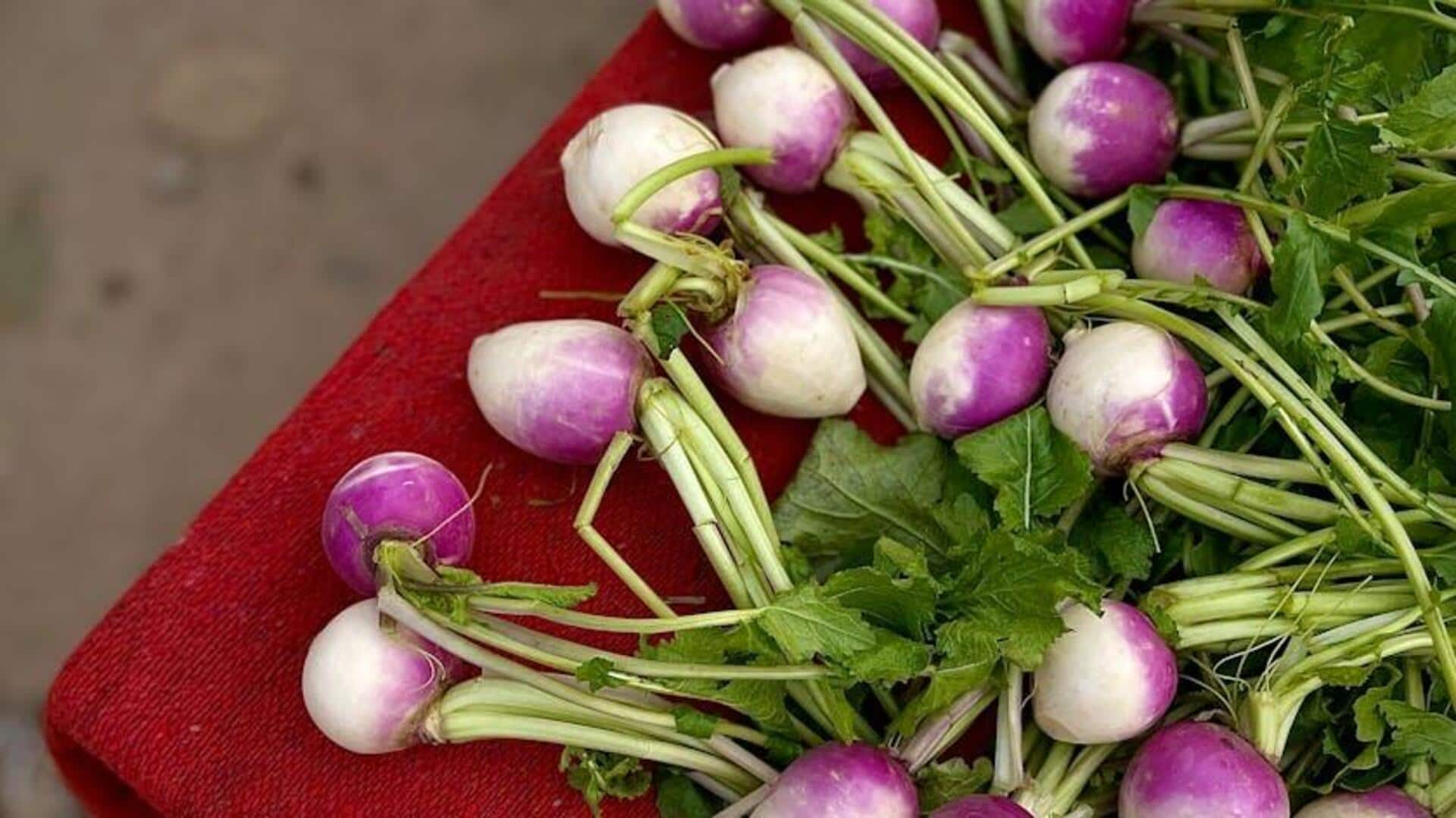
Turnips v/s rutabagas: Comparing their nutrition
What's the story
Turnips and rutabagas are root vegetables that are often confused with each other due to their similar looks. However, the two differ in their nutritional content and offer unique health benefits. Knowing the differences can help you choose one over the other. Here, we look at the nutritional profiles of turnips and rutabagas in terms of calorie content, vitamins, minerals, and fiber.
Calories
Calorie content comparison
Turnips are usually less calorific than rutabagas. 100 grams of turnips has roughly 28 calories, while the same quantity of rutabagas offers roughly 37 calories. This difference can be important for those keeping an eye on their calorie count for weight loss or other health reasons. Opting between these veggies on the basis of calories can be an easy way to stick to certain dietary goals.
Vitamin C
Vitamin C levels
Both turnips and rutabagas are excellent sources of vitamin C, however, turnips have a slight advantage. A 100-gram serving of turnips provides about 21% of the daily recommended intake of vitamin C, while rutabagas offer around 25%. Vitamin C is crucial for immune function and skin health, making both vegetables great additions to a healthy diet.
Fiber
Fiber content analysis
Fiber is an essential element for a healthy digestive system present in both turnips and rutabagas. Rutabagas have a little more fiber compared to turnips with about 2 grams per 100 grams against roughly one gram in turnips. Adding any of the two vegetables to meals can enhance daily fiber consumption, but opting for rutabagas could provide added advantages for those looking for more fiber.
Minerals
Mineral composition differences
Rutabagas also have more minerals than turnips. For example, rutabagas have more potassium, which is essential for heart health and muscle function—providing around 9% of the daily value per 100 grams as compared to about 7% in turnips. Further, both root vegetables provide calcium and magnesium, however, at different amounts that may affect your choice of preference based on mineral requirements.